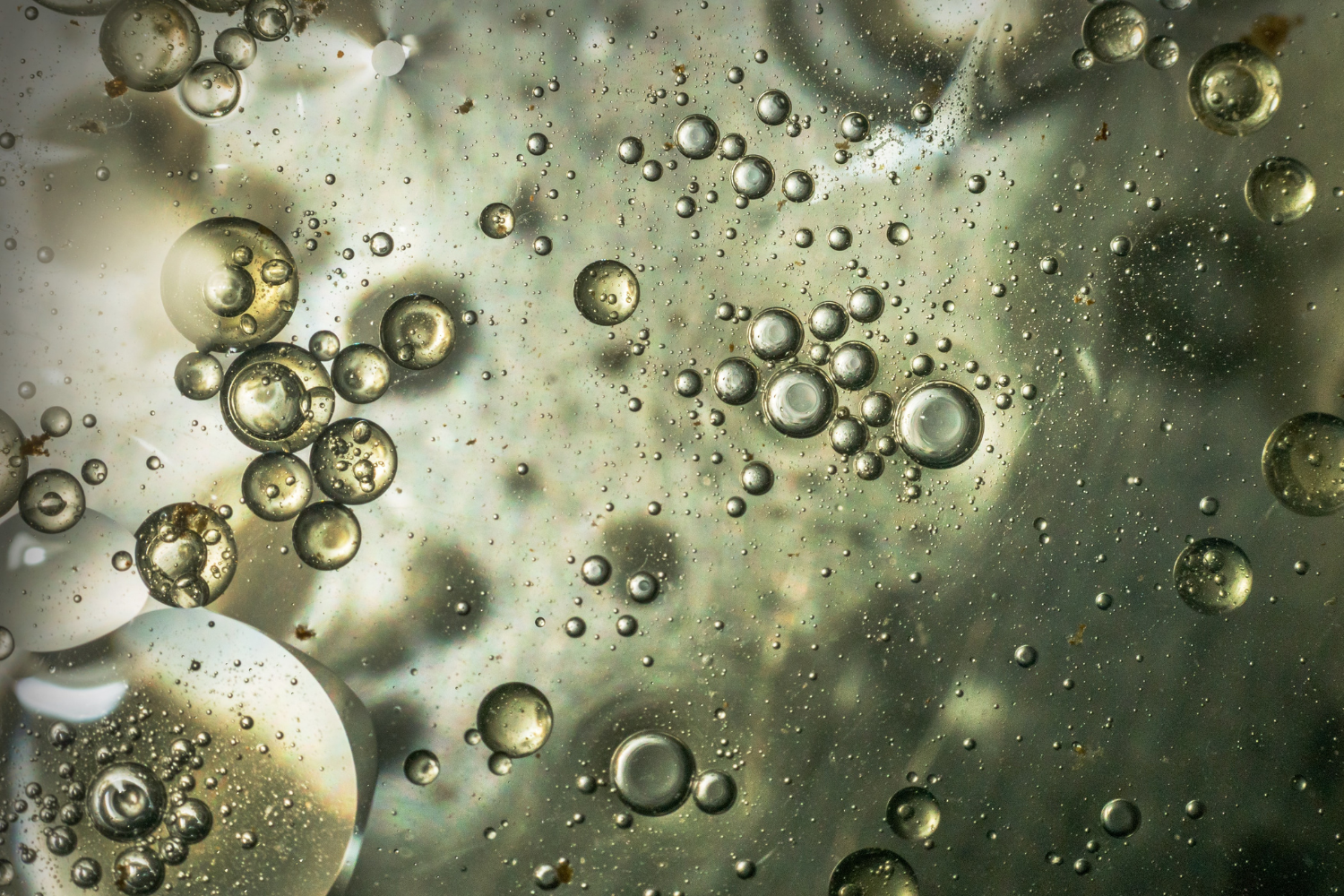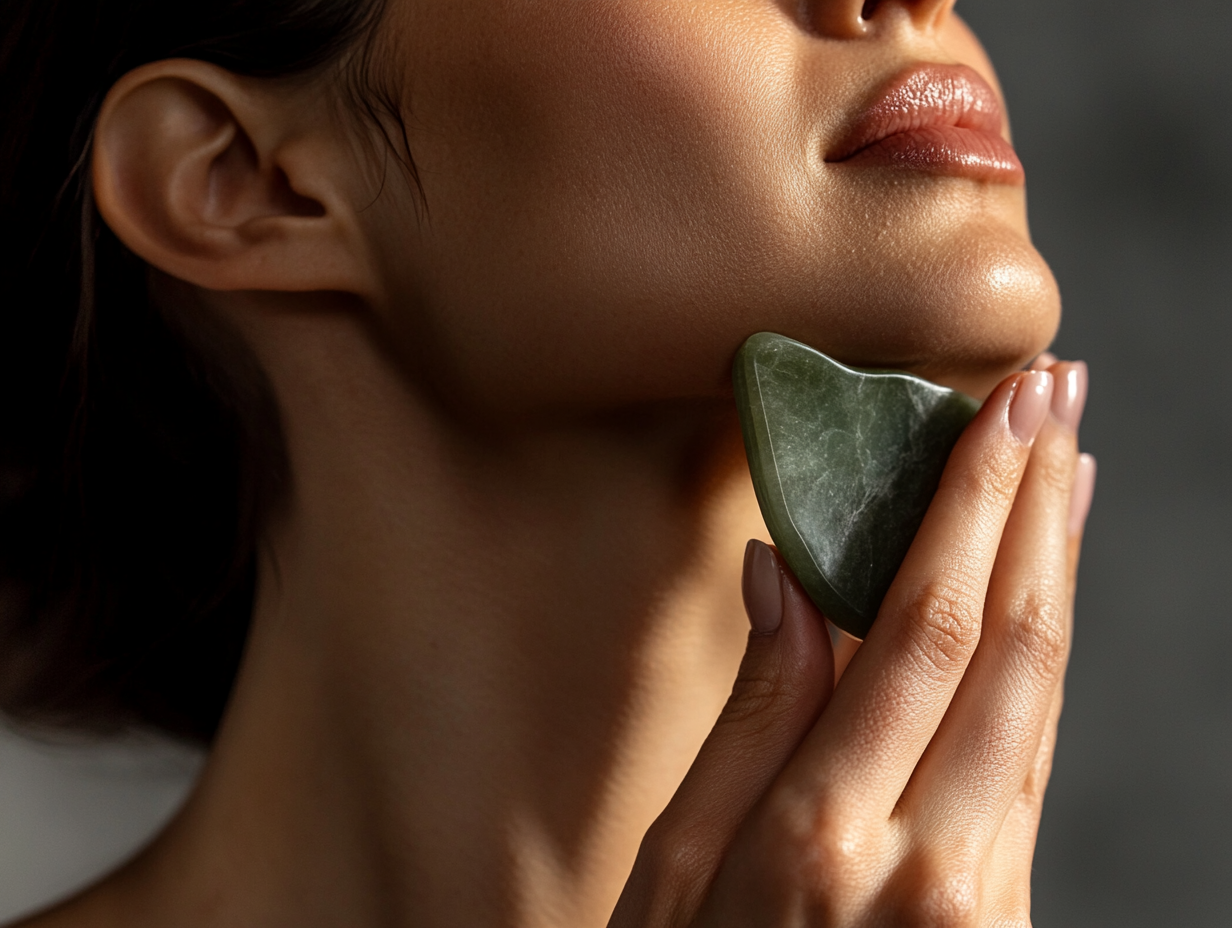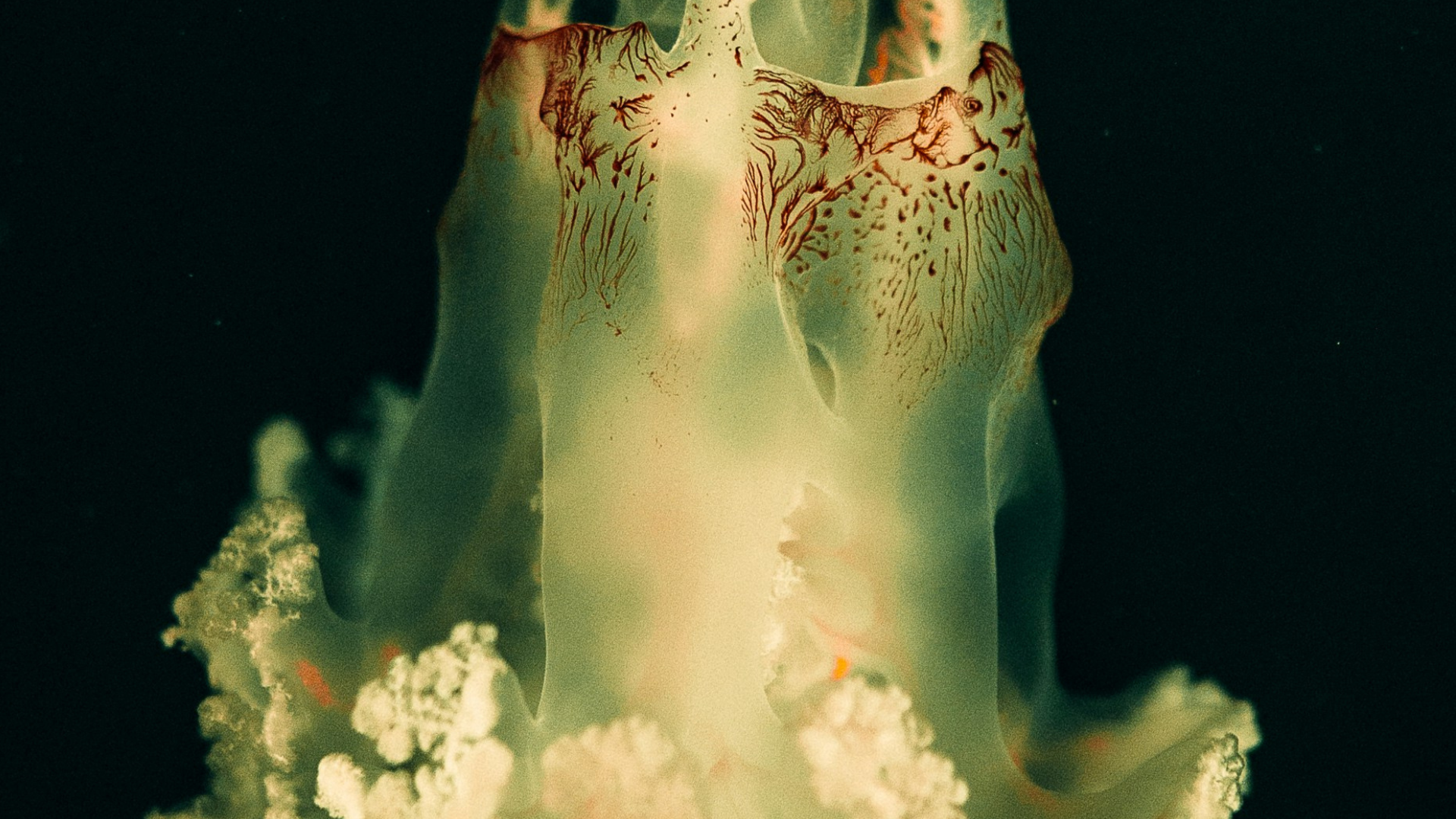THREE DANGEROUS PRESERVATIVES LURKING IN YOUR FAVORITE PRODUCTS
Published: 06.08.2022
Welcome back! If you read part one of toxic ingredients to avoid, you’ve probably started checking the labels on your products and started tossing out the ones that contain sodium lauryl sulfate, phthalates, and PEGs (polyethylene glycol).
If you haven’t read part one, no problem! You can read it here now, or start with part two and circle back.
This week I’m going to venture a little deeper and share three more red flag ingredients to avoid. I wasn’t going to cover parabens, since I felt like avoiding parabens goes without saying, but after chatting with numerous people who are still using CeraVe products, I think I need to start there and cover all our bases.

So, without further ado, here are three toxic and potentially harmful ingredients to avoid in your skincare and household products.
1. Parabens
In short, parabens are preservatives. They are a group of artificial chemicals that have been widely used in skincare, bodycare, and cosmetic products to increase the shelf life and help reduce the growth of harmful bacteria.
The latter of which is important, but the problem with using parabens for this purpose is that scientific studies suggest that parabens can disrupt hormones, negatively impact fertility and reproductive organs, potentially affect birth outcomes, and some studies suggest they might increase the risk of breast cancer. Not to mention they are notorious for irritating the skin.
The freakiest part of all, a 2006 study detected parabens in nearly all urine samples taken from adults in the U.S., regardless of demographic… So there’s that.
All that said, avoiding parabens when manufacturing products should be a no brainer, but the most infuriating thing is that some of the most popular brands like CeraVe still use parabens in their products.
Check your labels and look for ingredients like methylparaben, butylparaben, ethylparaben, and propylparaben - if you uncover any of these, I would recommend getting rid of them ASAP.
What to look for instead: Radish root is a natural preservative and is used in many high quality products. Some essential oils such as grapefruit and neem are known to act as natural preservatives as well. Alternatively, opt for products that do not contain water and therefore do not require preservatives, like STUNN’s clean, microbiome friendly skincare.

2. Toluene
Toluene, also known as Butylated Hydroxytoluene or BHT, is another synthetic preservative, widely used in both food and cosmetics. It is also used as a synthetic antioxidant in many formulations. BHT is banned in Europe and Southeast Asia, but has yet to be banned in the US or Canada.
The problems with BHT goes beyond simply being known as a skin allergen - BHT’s are classified as potential carcinogens (meaning the possibility of causing cancer is notable) and have been linked to liver, kidney, lung and brain toxicity.
Insanity, I know.
What’s even more insane is that this chemical can be found in some of your favorite products including The Ordinary, Roc, Bareminerals, and more… While I’m sure they’re using the ‘safe’ dosage according to the FDA and Health Canada - I would air on the side of caution and just not.
What to look for instead: Rosemary extract is one of the most direct alternatives to BHT when used as a preservative. When used as a synthetic antioxidant, the obvious choice is to simply choose products that offer real, natural antioxidants like Sea Buckthorn, Grape Seed oil, and Rosehip oil - to name a few - found in Gloss, Fountain, and the Clean Skin Routine.

3. Phenoxyethanol
While the hazards linked to phenoxyethanol are perhaps more mild than those caused by parabens and BHT, they have been linked to skin conditions such as eczema and allergies that have the potential to result in anaphylaxis.
The most critical issue with this ingredient is the potential to cause central nervous system damage when infants are exposed. And I, as a new mother, can wholeheartedly say the risk is not worth it.
With its comparatively mild downsides, the widespread use of this ingredient in ‘clean’ products is rampant. Even some of the most aggressively clean brands like Beauty Counter and Biossance use this ingredient in some of their formulations, which deeply disappoints me.
What to look for instead: While it seems the hunt for safe and natural alternatives to preservatives is an endless one, the best alternatives are radish root and grapefruit extract. When it comes to stabilizing a formulation, perhaps the best natural stabilizer on the market is the plant-derived vitamin E, known as tocopherol, used in Halo, Prism, Gloss, and Fountain.

Just because something is labeled as natural or safe, or dermatologist approved or simply because it’s popular on TikTok, doesn’t mean it’s not hiding potentially dangerous ingredients. So, be your own advocate, and dig a little deeper before slathering these products on your face and body.
It's also worth noting that not every strange-sounding ingredient is bad. Next week I’ll share some freaky looking ingredients that are actually safe and effective alternatives to the toxic ones I’ve shared with you.
In the meantime, feel free to contact me directly if you have any questions about specific ingredients in your favorite products. I am always happy to help!




